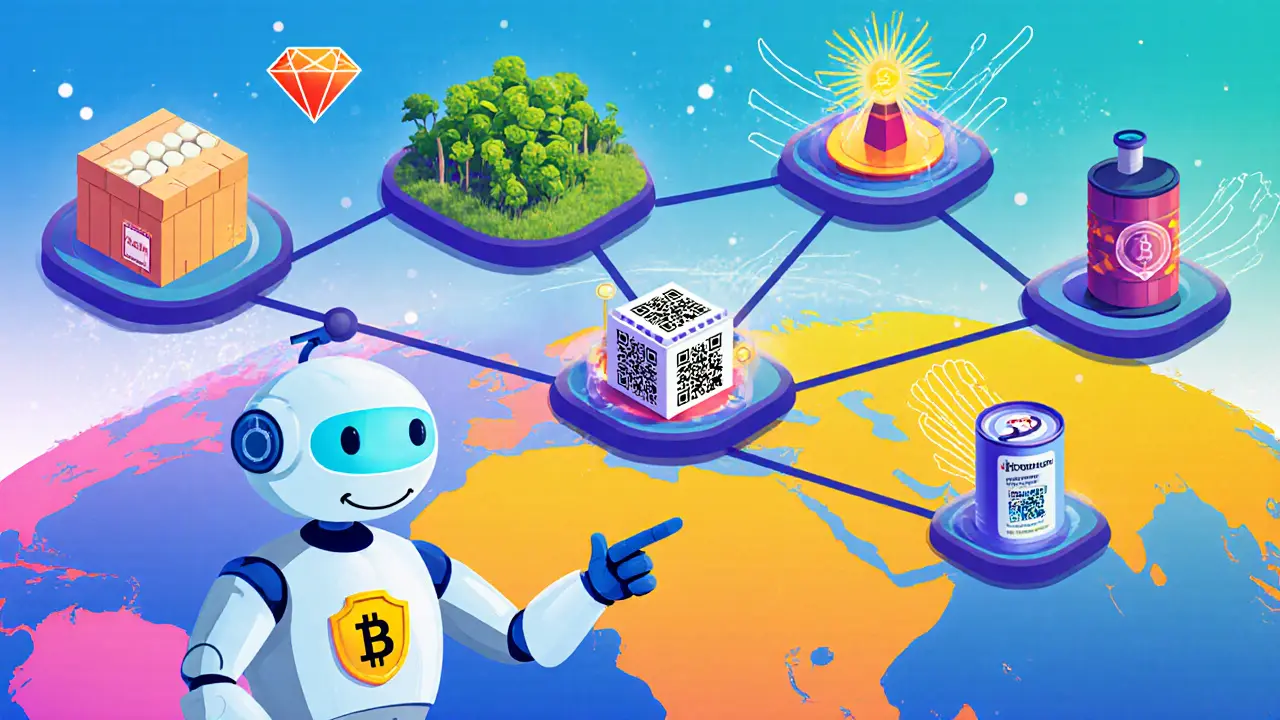When talking about Blockchain Logistics, the application of distributed ledger technology to track, verify and automate the movement of goods across the supply chain. Also known as blockchain‑enabled logistics, it lets parties share immutable data without a middleman. This makes fraud harder, delays shorter, and trust higher. In simple terms, blockchain logistics is about using a shared, tamper‑proof ledger to keep everyone on the same page.
One of the biggest wins is Supply Chain, the network of producers, manufacturers, distributors and retailers that moves a product from raw material to consumer. By anchoring each step on a blockchain, companies get end‑to‑end visibility. Coupled with Tokenization, the process of turning physical assets or rights into digital tokens, every pallet, container or even a single high‑value item can carry a unique identifier that’s easy to trace and trade. Tokens also enable fractional ownership, opening new financing models for logistics firms.
Behind the scenes, Smart Contracts, self‑executing code that runs when predefined conditions are met automate payments, customs clearance and quality checks. Imagine a sensor confirming that a refrigerated truck stayed within temperature limits; the smart contract instantly releases payment to the carrier. Adding IoT, Internet‑of‑Things devices that collect real‑time data from physical assets into the blockchain creates a feedback loop where real‑world events trigger on‑chain actions without manual input.
All these pieces need to talk to each other, which is where Interoperability, the ability of different blockchain networks and legacy systems to exchange data seamlessly comes in. A global freight shipment might start on a private Hyperledger Fabric network, then move onto a public Ethereum sidechain for customs, and finally settle on a Layer‑2 solution for fast payments. Interoperability protocols such as IBC or CCIP make these hand‑offs possible, ensuring data integrity across borders and platforms.
Below you’ll find a curated set of articles that dive deeper into each of these areas—real‑world case studies, step‑by‑step guides, and the latest regulatory updates. Whether you’re a logistics manager looking to pilot a tokenized asset, a developer building smart contract workflows, or a supply‑chain analyst curious about IoT integration, the pieces here give you practical insights you can act on right now.

Explore real-world blockchain supply chain use cases-from vaccine cold‑chain monitoring to diamond provenance-plus benefits, implementation steps, and future trends.